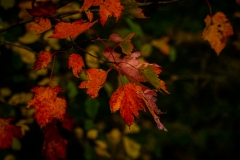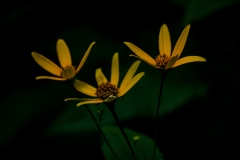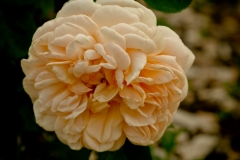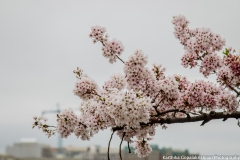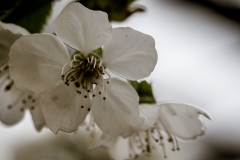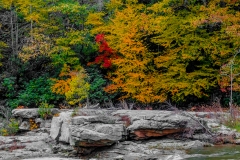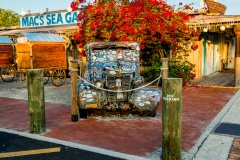Hello everyone, Happy 2020. May this year brings you loads of happiness on your way. The post about Joshua Tree National Park has been pending for long. Yes, I had lots on my plate to handle last year. I was in FMLA leave for the last 2 months in 2019 and have been away from blogging last year. Hopefully, I will be regular on blogging this year. May God give me an ample amount of time and peace to blog here.
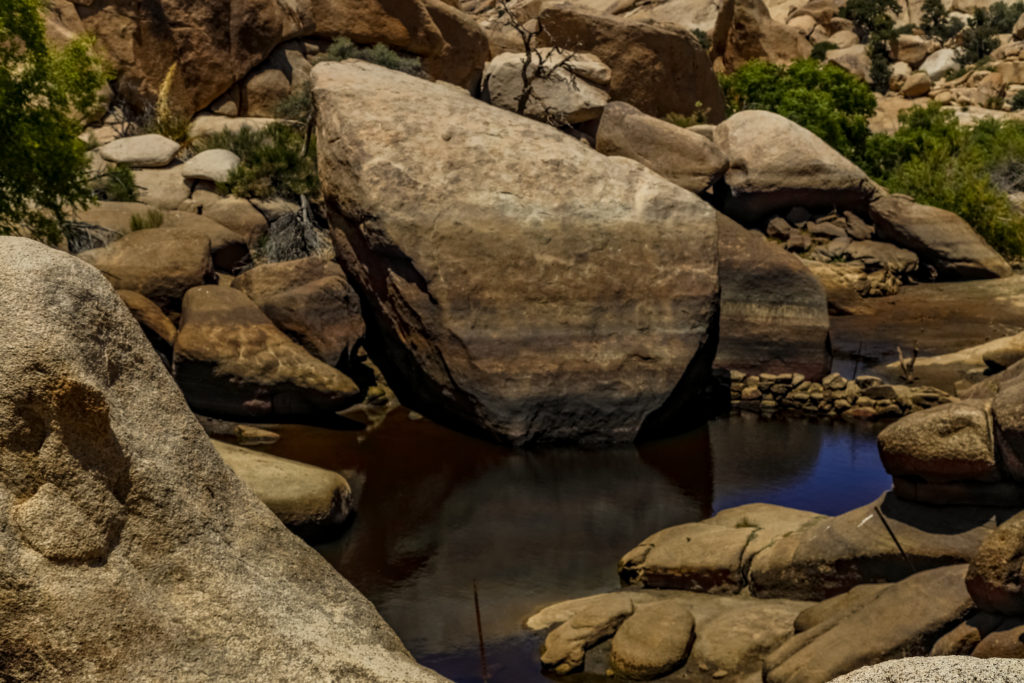
I visited Joshua Tree National Park last year along with the Arizona National Parks – Saguaro National Park and Petrified Forest National Park. The ecosystem and the types of plants in this National Park are completely different from what I have seen in the other two parks. Joshua Tree National Park is the closest park to San Diego and LA. We wanted to cover this park on our way back to Las Vegas, Nevada.
What is Joshua Tree National Park?
Joshua Tree National Park is located where two deserts – Mojave and Colorado meet and hence, have two different types of ecosystems within it. Initially, it was a monument and was later elevated to National Park in 1994. And one can easily tell about as which desert they are now by having a look at the surrounding plants – Cottonwood Springs in Colorado and Joshua Trees in Mojave, after which the park is named. The park is not only known for its ecosystem but also wildlife and its dark sky. We couldn’t spend the night in the park and do stargazing as we were exhausted because of the heat in Arizona. But then, many visitors prefer to stay in the park campground and wish to spend their night in the park photographing the dark sky.
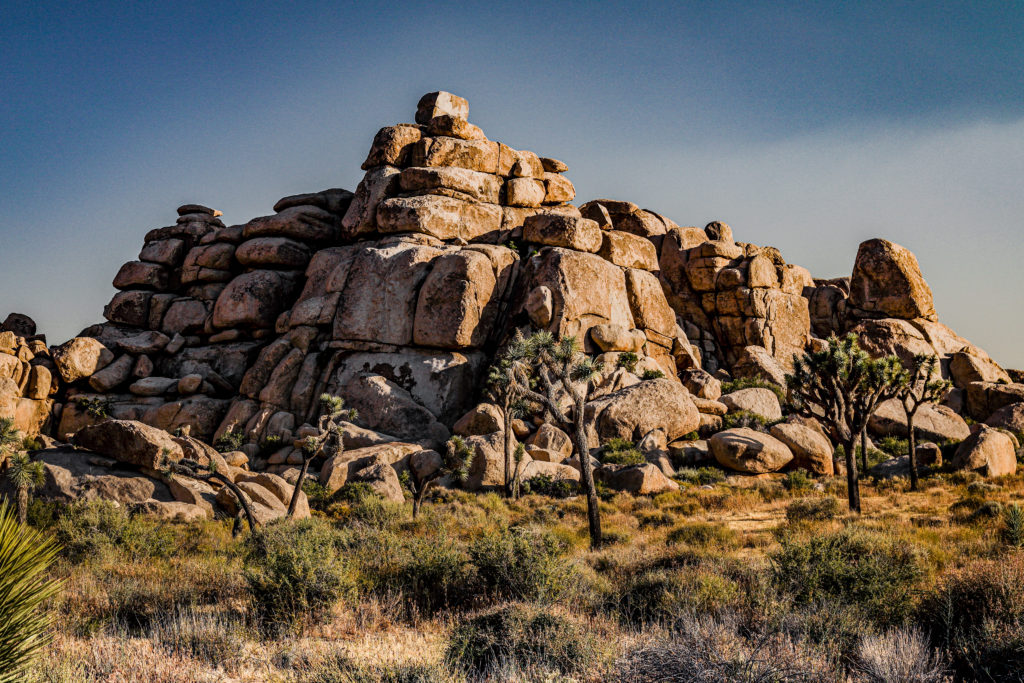
What is Joshua tree?
Joshua tree is one of the most widespread species of Mojave Desert and is known botanically as Yucca brevifolia. Some of the valleys around the region are named after the species as Yucca Valley. Joshua trees are fast growers of the desert. The trees have evergreen leaves, dark green, linear and bayonet-shaped.
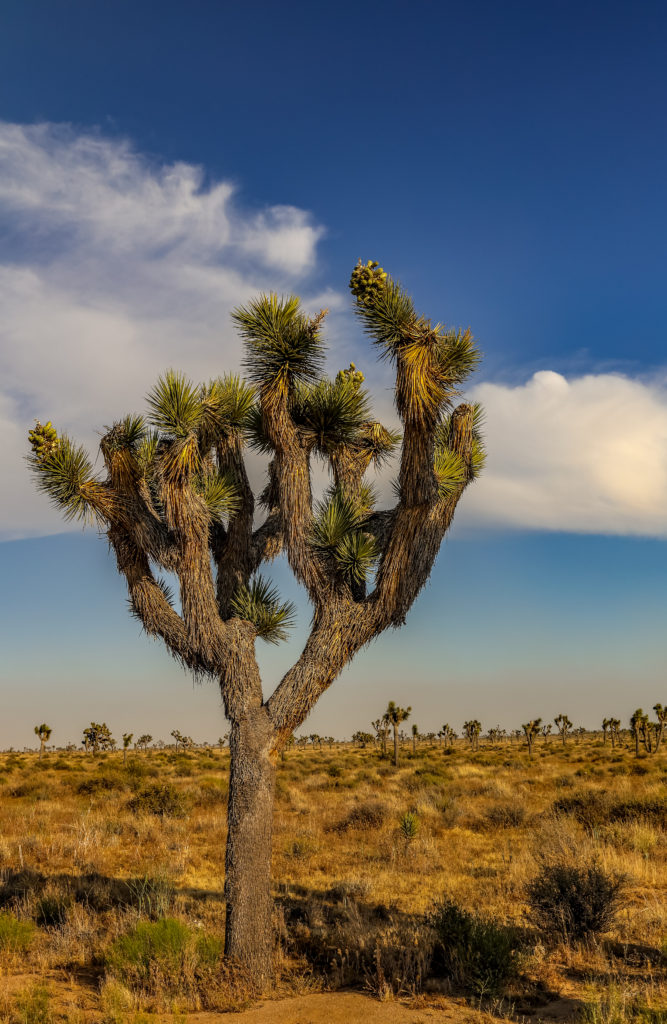
Joshua Tree
Things to do in National Park
We visited Joshua tree through Cottonwood Visitor Center around late in the evening and covered the northern part of the park – Cottonwood Springs and Cholla Cactus Garden. The next day morning, we visited the park around the Joshua tree visitor center and Oasis visitor center.
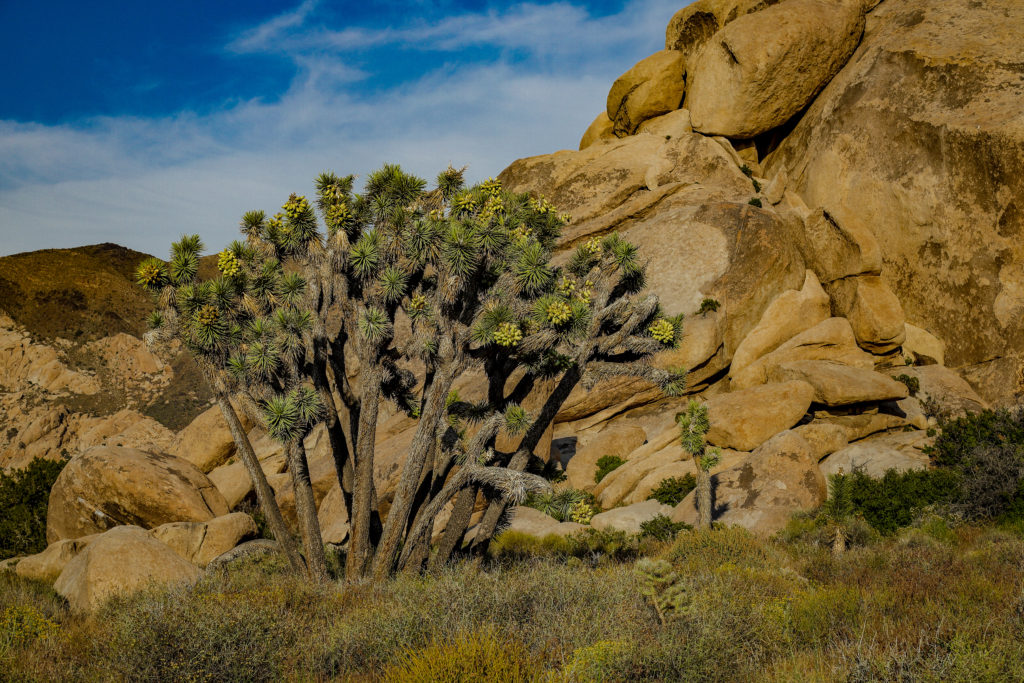
Bajada Loop
We visited Bajada Loop as our first stop and is located in the south of the Cottonwood visitor center. It’s a 0.25-mile loop with a paved path and one can discover the variety of plants in the Colorado Desert.

Cottonwood Spring
Cholla Cactus Garden
Our next stop around sunset was the Cholla Cactus garden. The flat loop throughout the garden covers around 10 acres and the landscape is dominated by the teddybear cholla. We walked through the cactus plants and sunset is the best time to capture the beauty of these cacti.
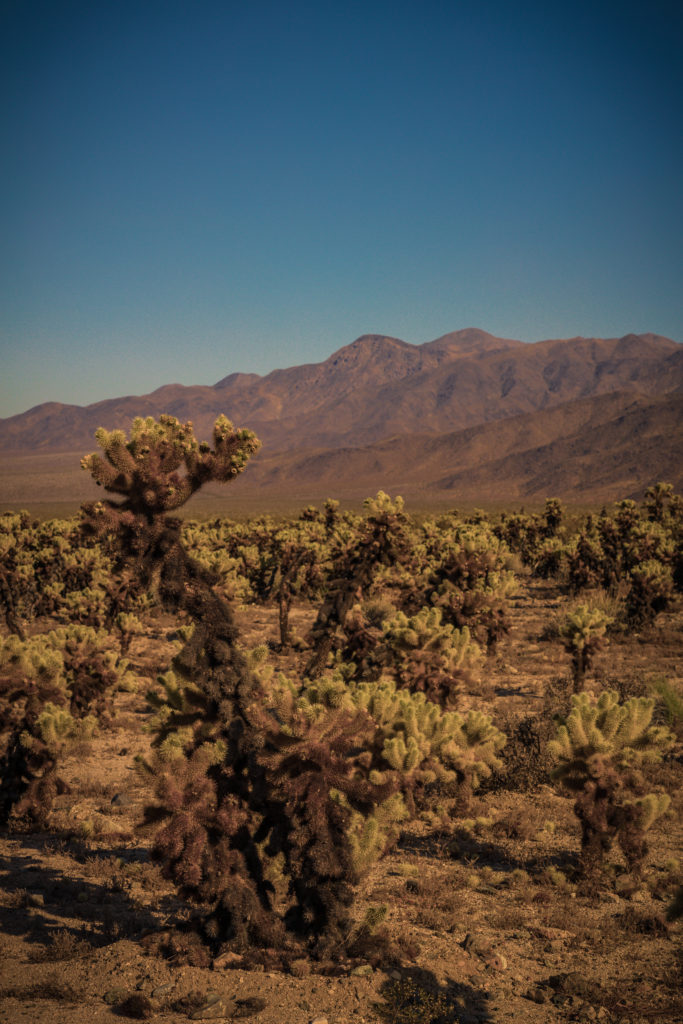
Cholla Cactus Garden
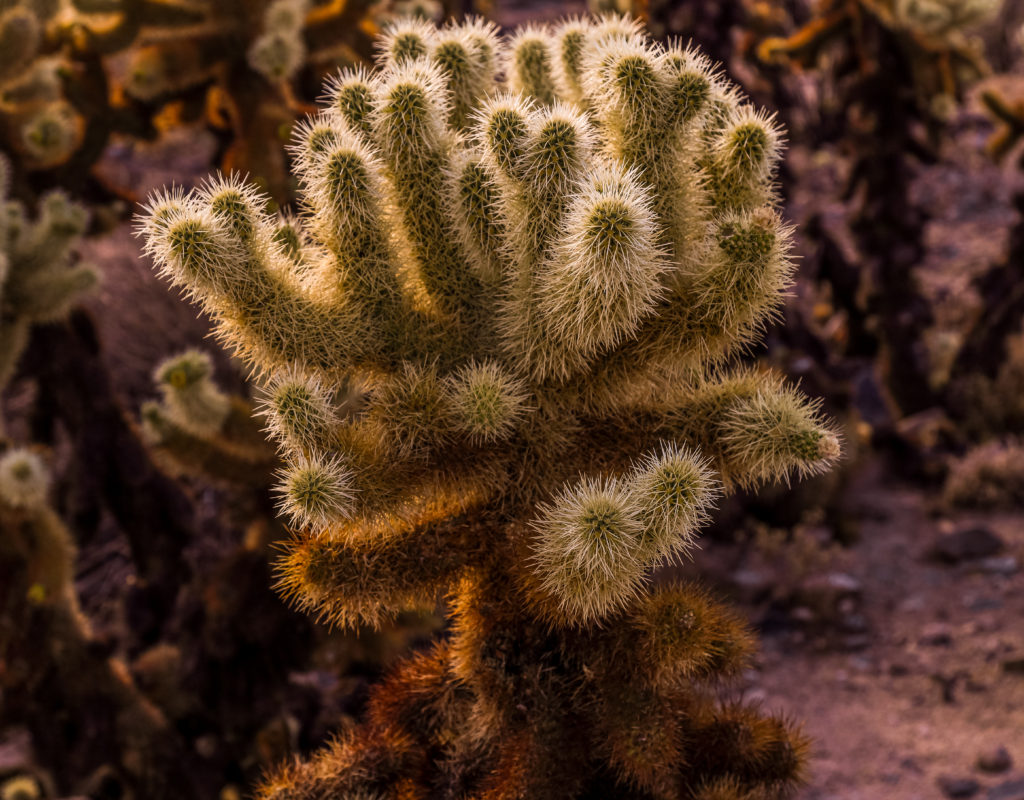
Cholla Cactus Garden
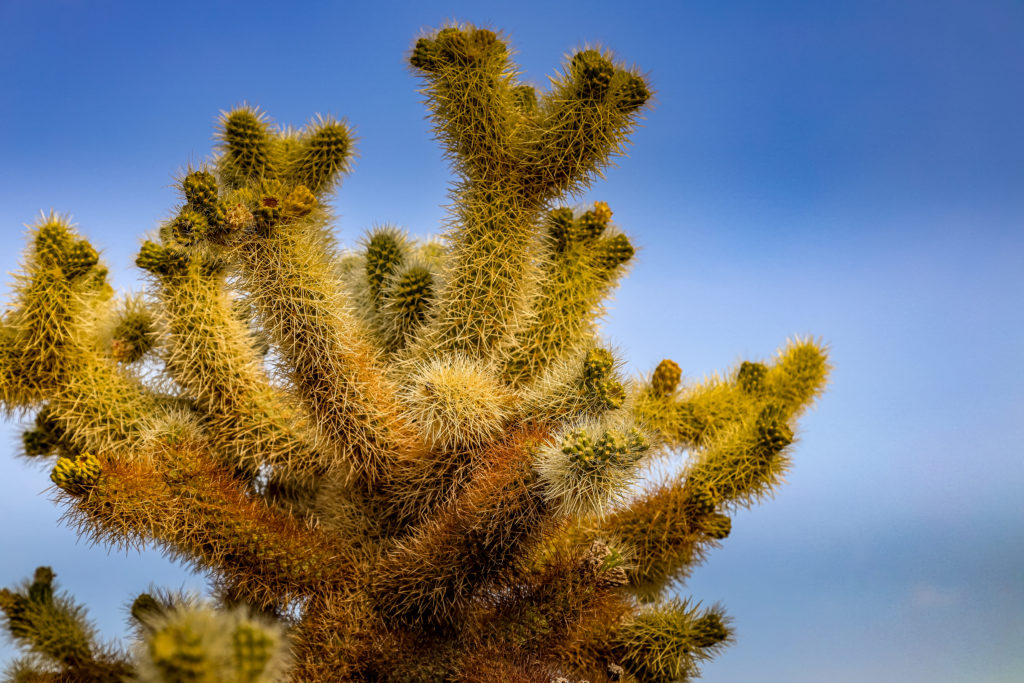
Cholla Cactus Garden
Cottonwood Spring
We then stopped at Cottonwood spring and walked along the Cottonwood wash to palm oasis with cottonwood trees. It’s a short walk and usually takes around 10 minutes
Since it became dark, we decided to cover the remaining parts of the park on the following day. We entered the park through the Joshua tree visitor center and decided to cover the loop until the Oasis visitor center.
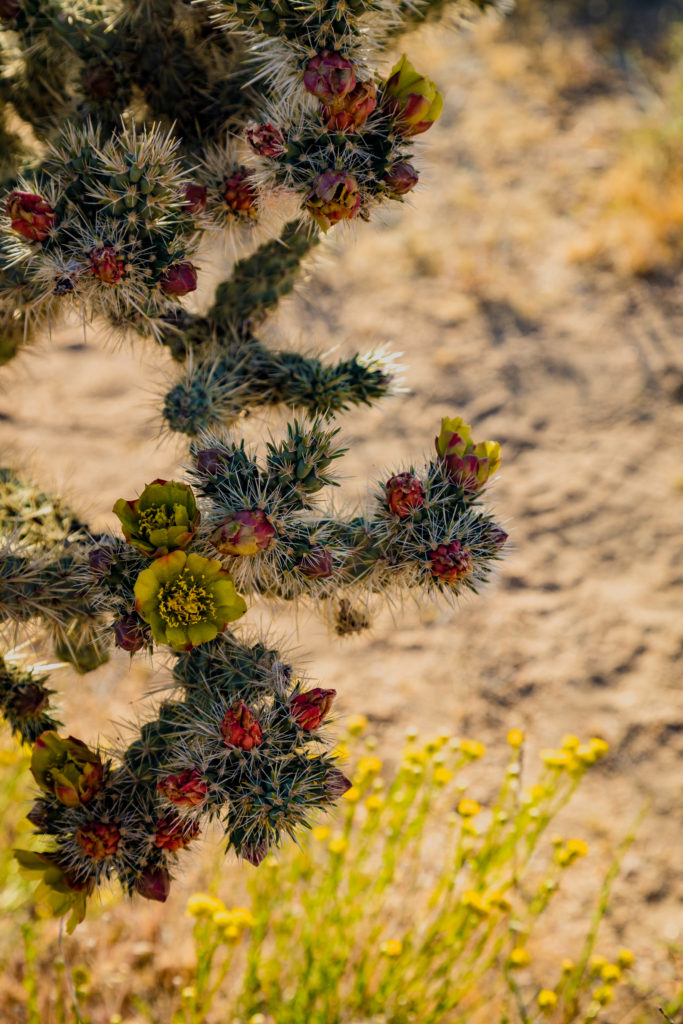
Barker Dam
Our first stop was Barker Dam. We hiked the Barker Dam loop and it’s an easy 1.1-mile loop with minimal elevation. A short walk through the rocks leads to the Barker Dam. Barker Dam is a water tank built by the cattle ranchers.
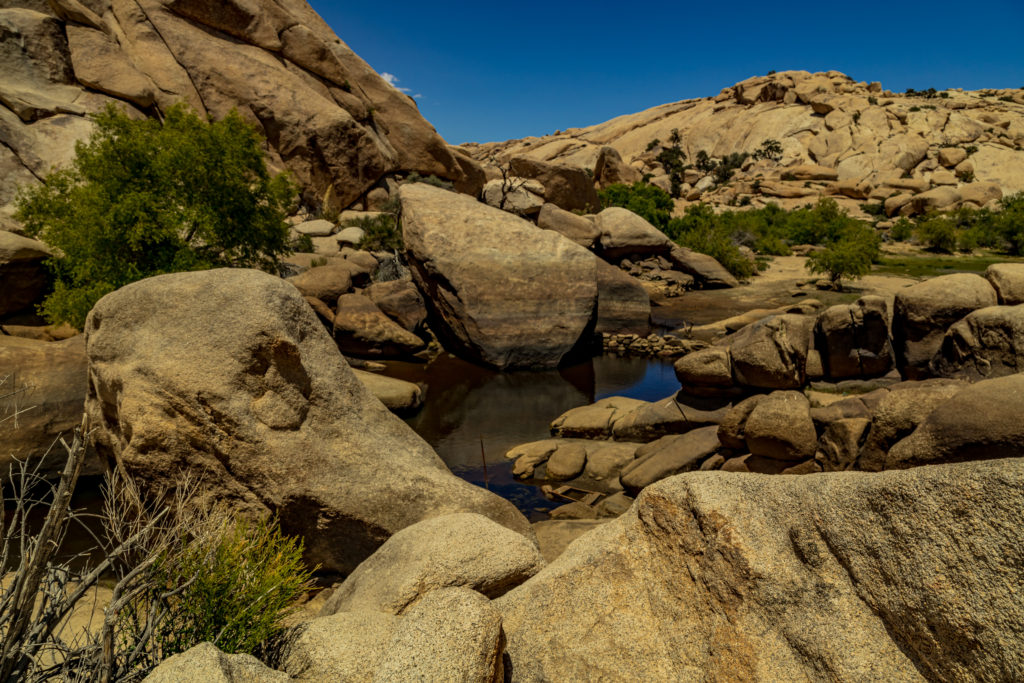
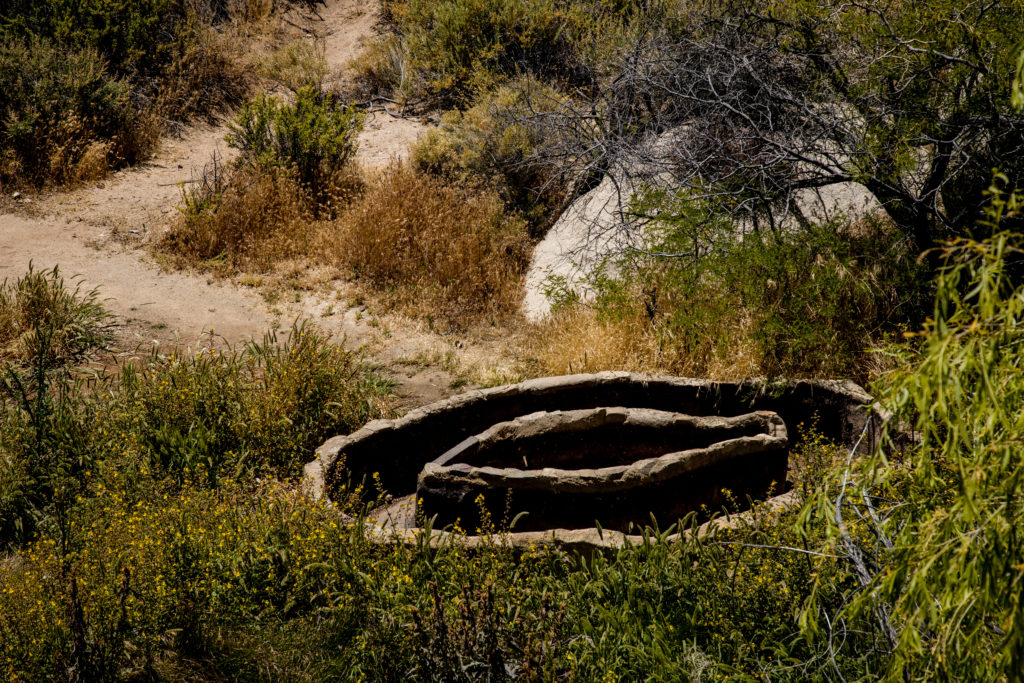
Hidden Valley
We then stopped at Hidden valley for our brunch. This picnic area is a rock-enclosed valley and offers many shady picnic spots for a stop-over with family.
Keys View
This is one of the must-stop points in the park and it is a short steep paved path. It offers breathtaking views of the San Andreas Fault, Mount San Jacinto, Mount San Gorgonio, and the Salton Sea.
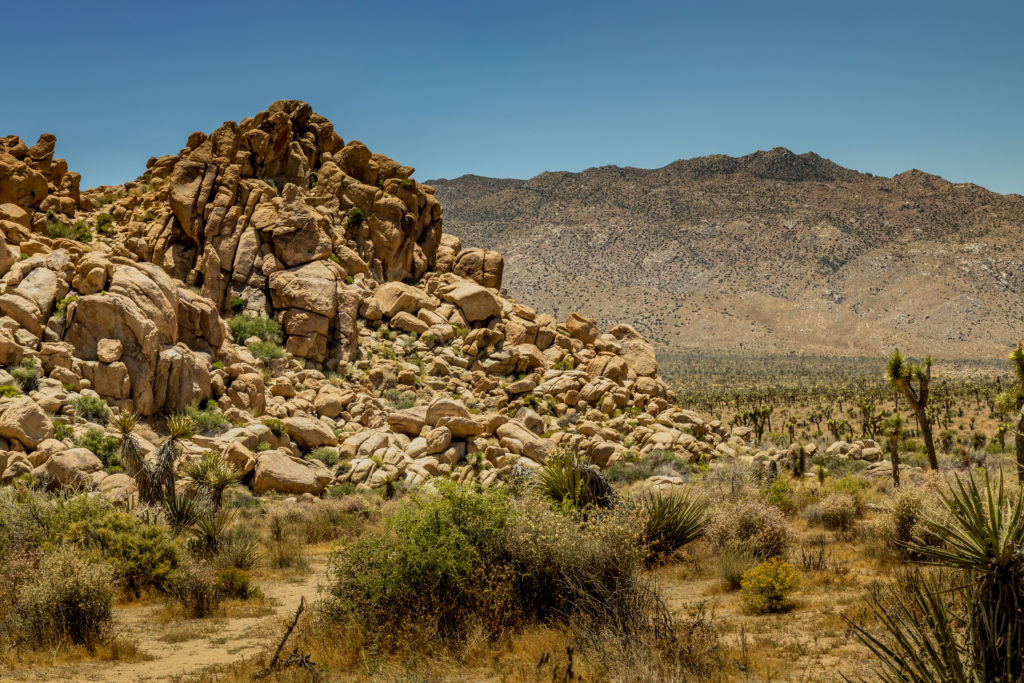
Skull Rock
We then drove back towards the Oasis Visitor Center and hiked the loop near the Jumbo rocks picnic area. This is an easy hike along with boulder piles and desert washes. Also, the loop covers the Skull rock which exactly looks like a skull.
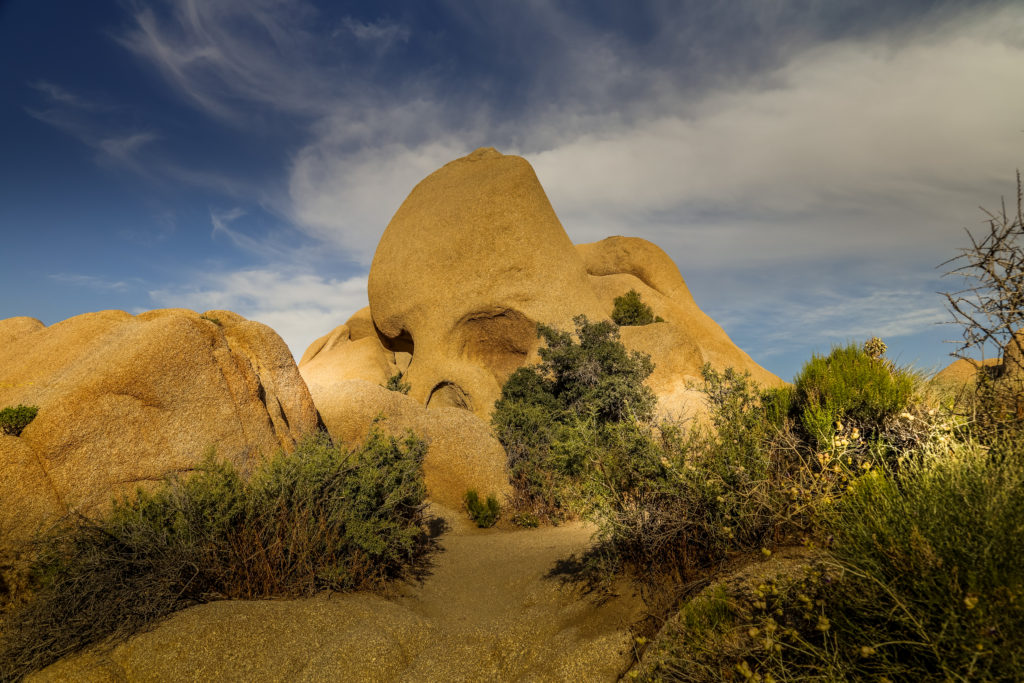
Skull Rock
Oasis of Mara
Our last stop in the park is the Oasis Visitor Center and it is an easy walk near the Oasis visitor center to explore a desert oasis. One can learn and understand how the Oasis of Mara has been used by wildlife and people in olden ages.
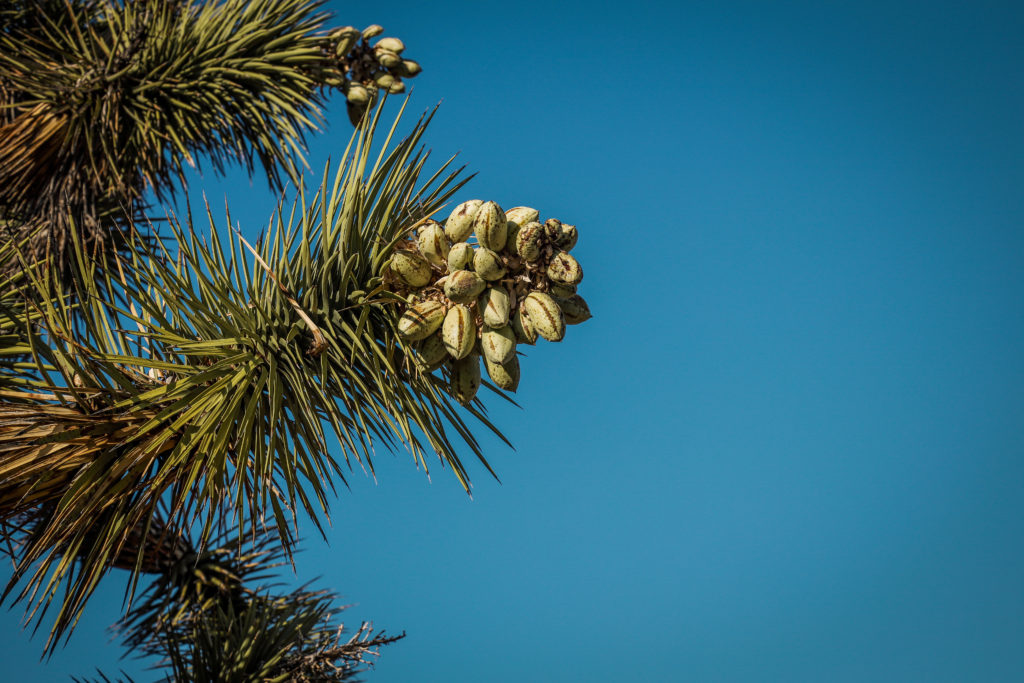
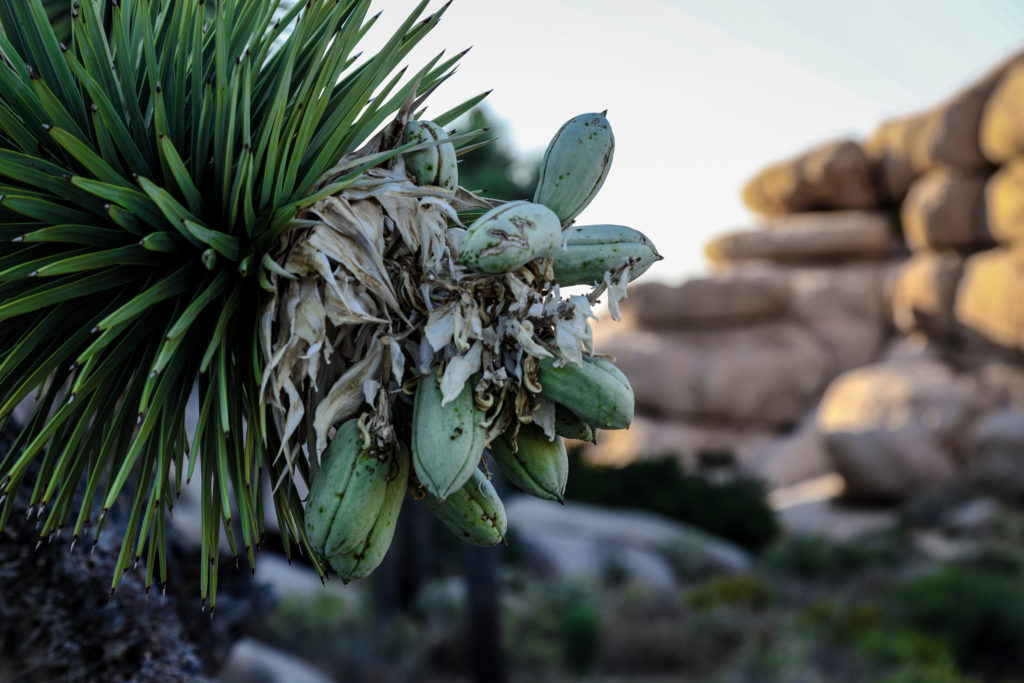
We then exited the park through the Oasis Mara visitor center. We then drove along the Mojave Desert to Las Vegas. It’s one of the amazing drives through the Mojave Desert lined by Joshua trees and dunes. I would recommend this route if you are driving in the day time as most of the time, the path is deserted and has many bumps along the way.
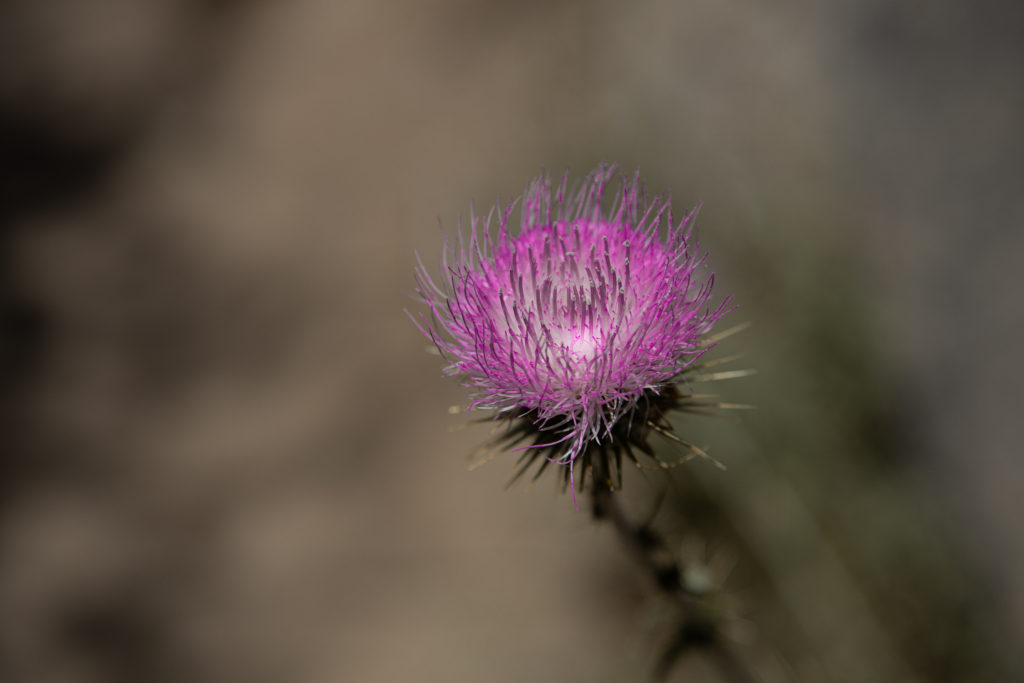
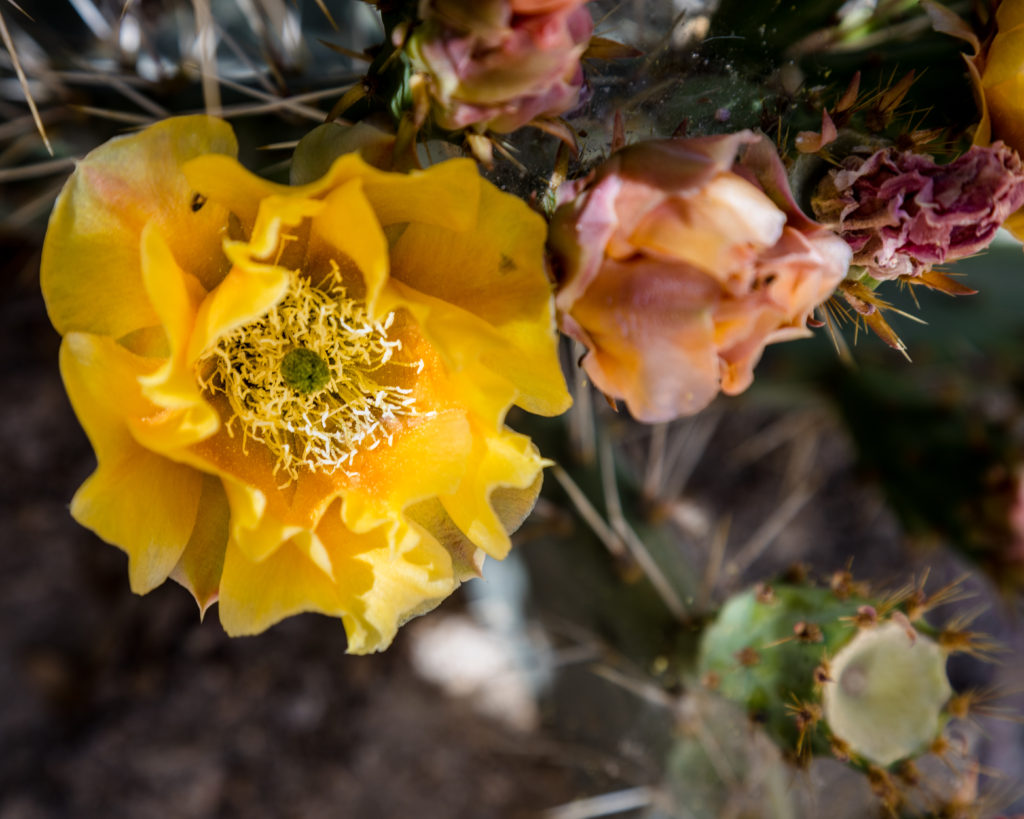
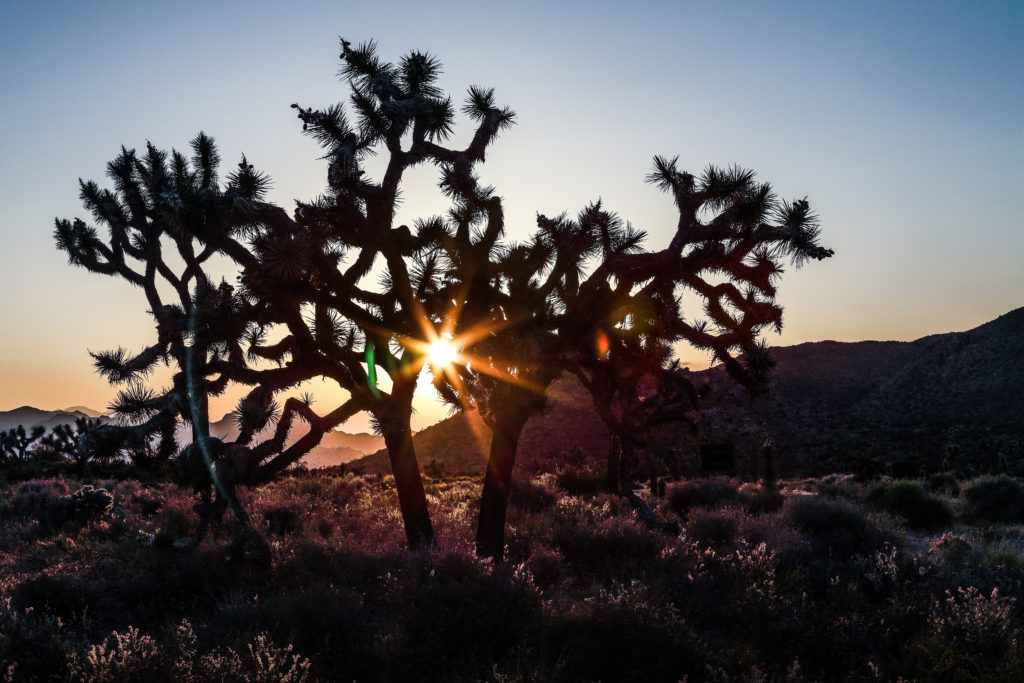
If you like my travelogue and wish to follow my travel stories further, then do like and follow my profile here – Facebook, Google, Instagram
Thanks, Karthi

